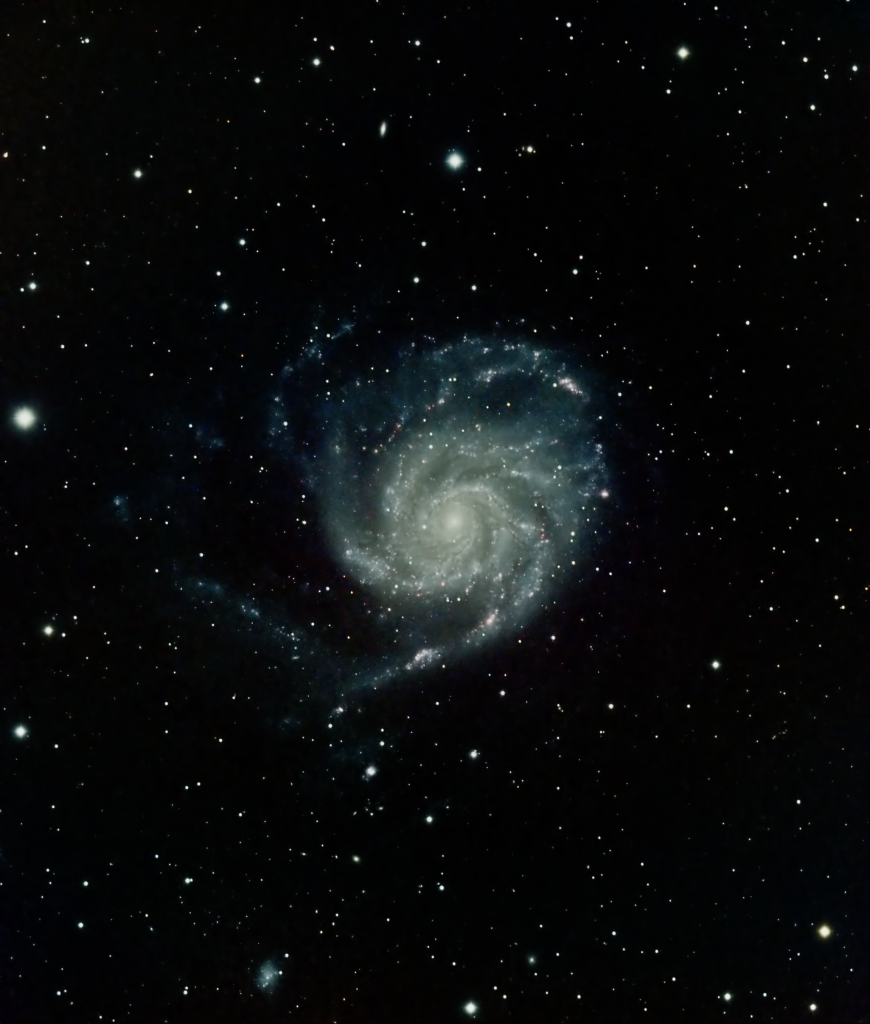
Similar Posts
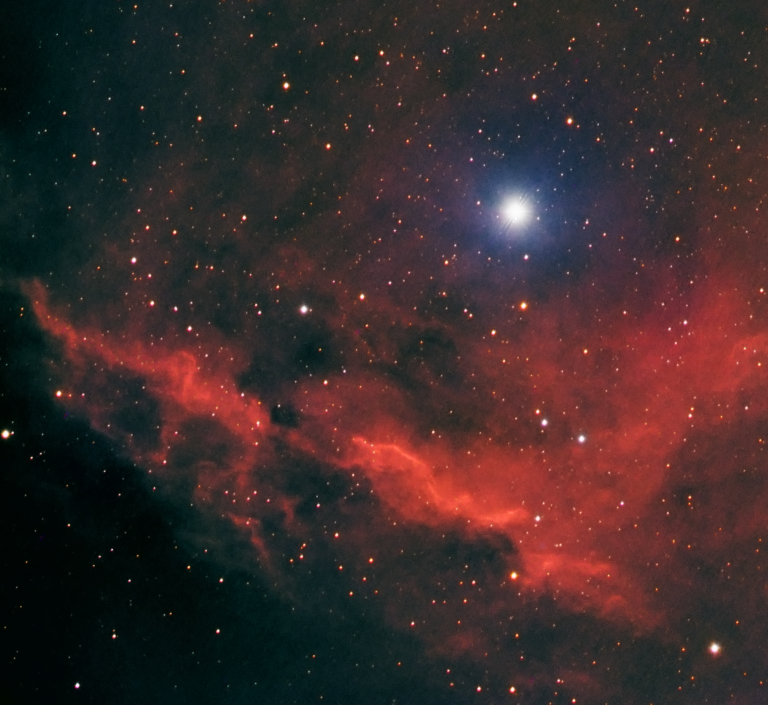
Just an obscure little cloud of hydrogen.
This nebula goes by the unassuming name of SH2-9. It’s part of a larger complex of clouds known as the Rho Ophiuchi complex, but you don’t often see people focusing on this part of it. It’s a challenge to image from my location, as it’s very low in the sky in a light-polluted direction. There…
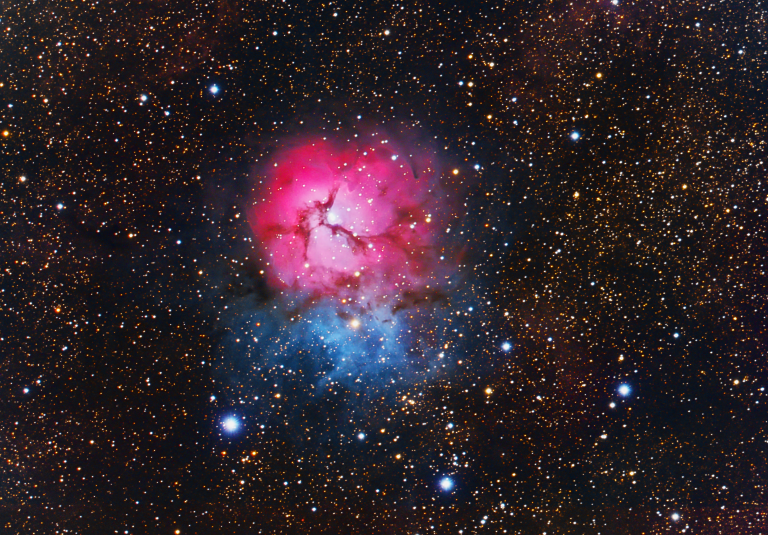
The Trifid Nebula (M20)
Our new observatory is starting to prove its worth… the Trifid Nebula is an object I’ve always wanted to capture, but in our previous location it was too low in the sky and was always obstructed by trees. Further complicating matters, it is a summertime object, and here in Florida summertime is the worst time…
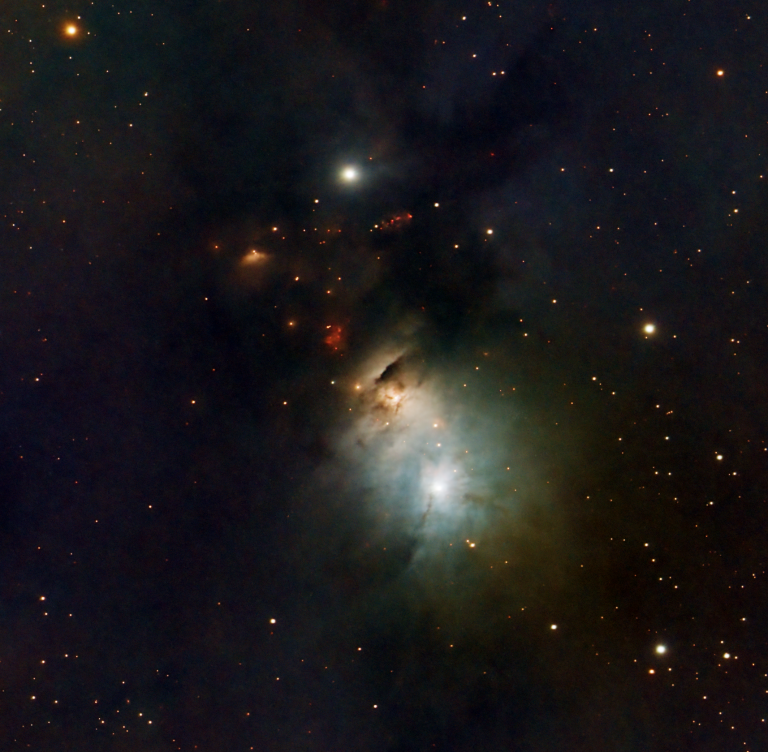
Brand-new stars in NGC1333
This image really blows my mind – this is the reflection nebula NGC1333 in Perseus. The blue part is reflected gas and dust from the star that’s lighting up – that’s nothing too unusual. But check out the little red blobs above it. Many of those are “Herbig-Haro” objects, formed by jets spewing out from…
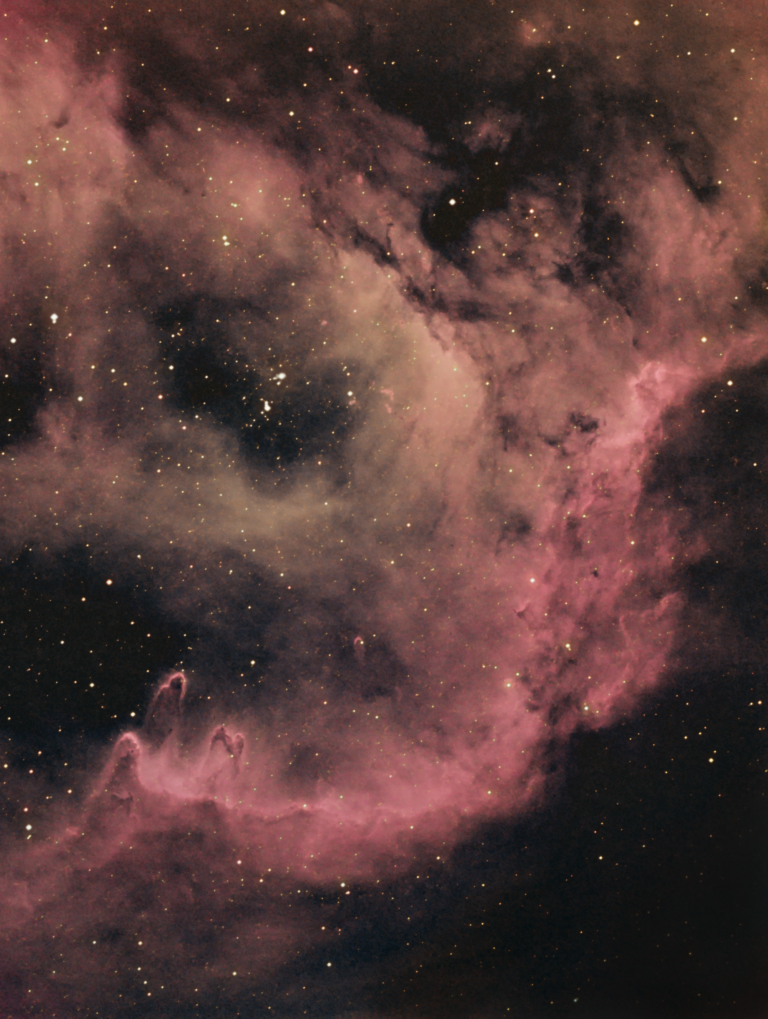
The Baby’s Bottom
This is a small part of a larger nebula called the “Baby Nebula” (also known as the Soul Nebula) in the constellation Cassiopeia. If you see a baby in the larger nebula this is part of, this image would be of the baby’s bottom 🙂 There is a ton of star formation going on in…
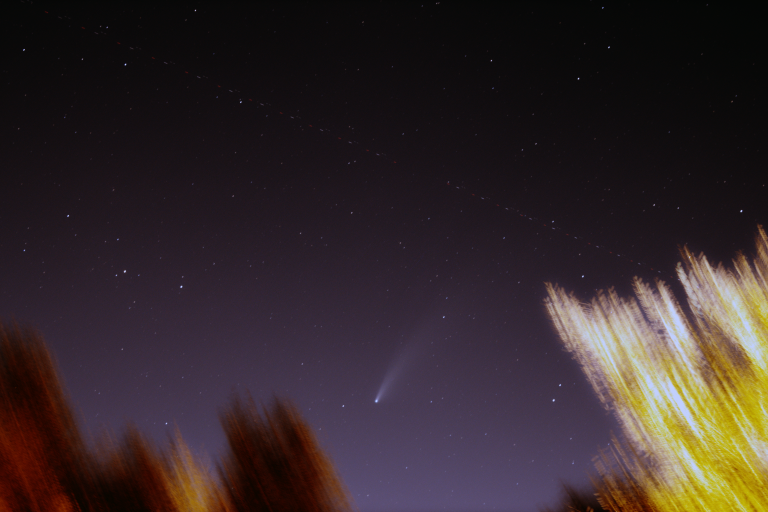
Comet hunting!
There’s a comet in the sky! They don’t appear this bright very often, so don’t miss what could be a once-in-a-lifetime chance to see a comet with your own eyes. It’s tough to spot here in suburbia with your eyes, but it’s easy to see with binoculars. Its official name is C/2020 F3 NEOWISE. Just…
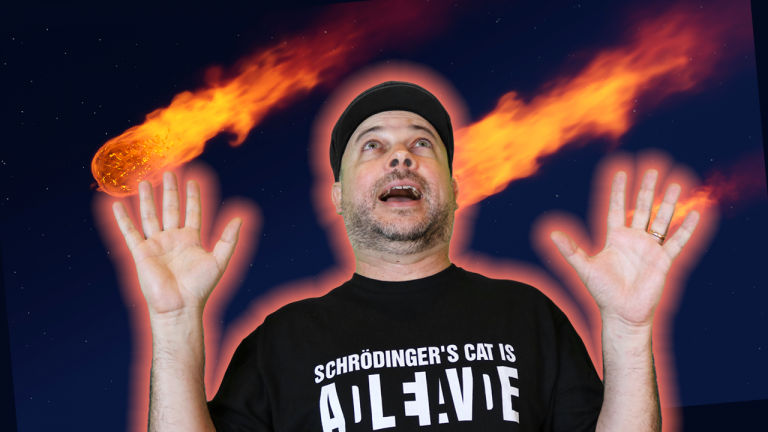
Live Star Party! The Veil Nebula supernova remnant
We’re back with our live viewing of the cosmos! Join us as we view the Veil Nebula via a camera attached to our telescope – it’s a supernova remnant from a massive star that exploded 8,000 years ago, and it’s gorgeous. We’ll also talk about tonight’s expected meteor storm as the Earth passes through a…

